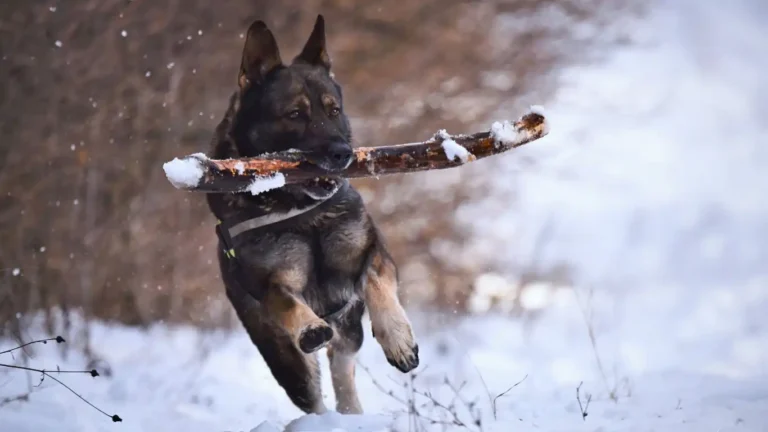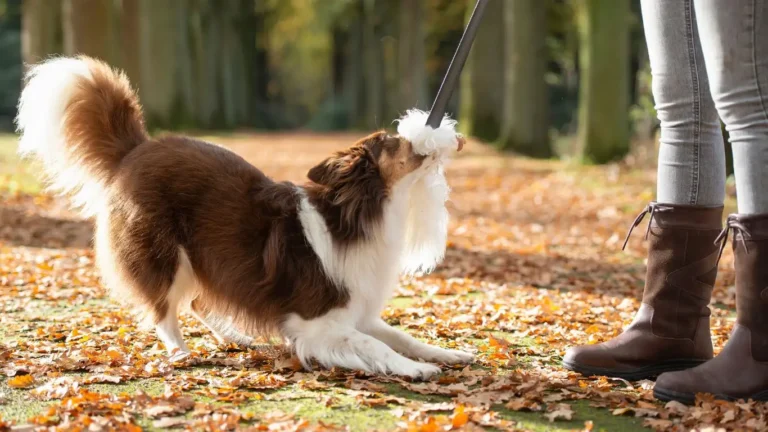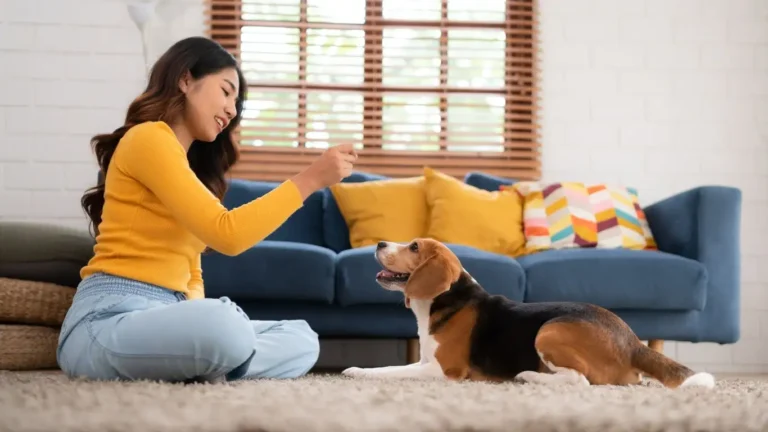Effective Tips to Train Your Dog to Ignore Other Dogs on Walks – Stop Distractions Now
Walking your dog can be one of the most enjoyable parts of your day, but it can also become stressful if your dog has trouble staying focused, especially around other dogs. If you’re struggling with a dog who pulls, barks, or even becomes aggressive when encountering other dogs on walks, you’re not alone. I’ve been there, and I get it. As a Certified Professional Dog Trainer (CPDT-KA), I’ve helped countless clients with the same challenge. Training your dog to ignore other dogs on walks is not only possible, it’s entirely within your control—and it’s something you and your dog can both enjoy with a bit of patience, consistency, and the right techniques. In this article, I’ll walk you through some practical steps and strategies to make your walks more peaceful and enjoyable.
Why Does My Dog React to Other Dogs?
If you’re asking yourself, “Why does my dog react to other dogs on walks?” you’re not alone. Many dogs struggle with this, and understanding the *why* behind their behavior is the first step in addressing it. Here’s the deal: dogs are naturally social animals, and their behavior can be influenced by a variety of factors such as past experiences, lack of socialization, anxiety, or simply a high prey drive. Let’s break this down a bit more.
1. Lack of Socialization
One of the most common reasons a dog may react poorly to other dogs on walks is a lack of early socialization. If a dog hasn’t had enough positive interactions with other dogs, they may view them as a threat or be overly excited when they see one. Socialization is vital in a dog’s development, and without it, they can become fearful or overstimulated around other dogs.
2. Territorial Behavior
Some dogs develop territorial tendencies, especially if they haven’t been properly trained to stay calm in new environments. When your dog encounters another dog while on a walk, they may see the other dog as an intruder in their “territory,” whether that’s your home or just the area around you during the walk. This can cause them to act defensively or even aggressively.
3. Fear and Anxiety
Fear-based reactions can also be a reason why your dog behaves aggressively or excitedly when they see another dog. If your dog has had negative experiences with other dogs—perhaps a past incident with a dog that was too aggressive or a bad experience at a dog park—they may become fearful or anxious in future encounters. In this case, their behavior is more about trying to protect themselves or get away from something that frightens them.
4. Excitement and Overstimulation
For other dogs, the problem isn’t fear, it’s excitement. Some dogs just get overstimulated when they see another dog and can’t control themselves. This often manifests in excessive barking, pulling, or even lunging toward the other dog. If your dog has high energy or isn’t used to being around other dogs, it can be difficult for them to stay focused during walks.
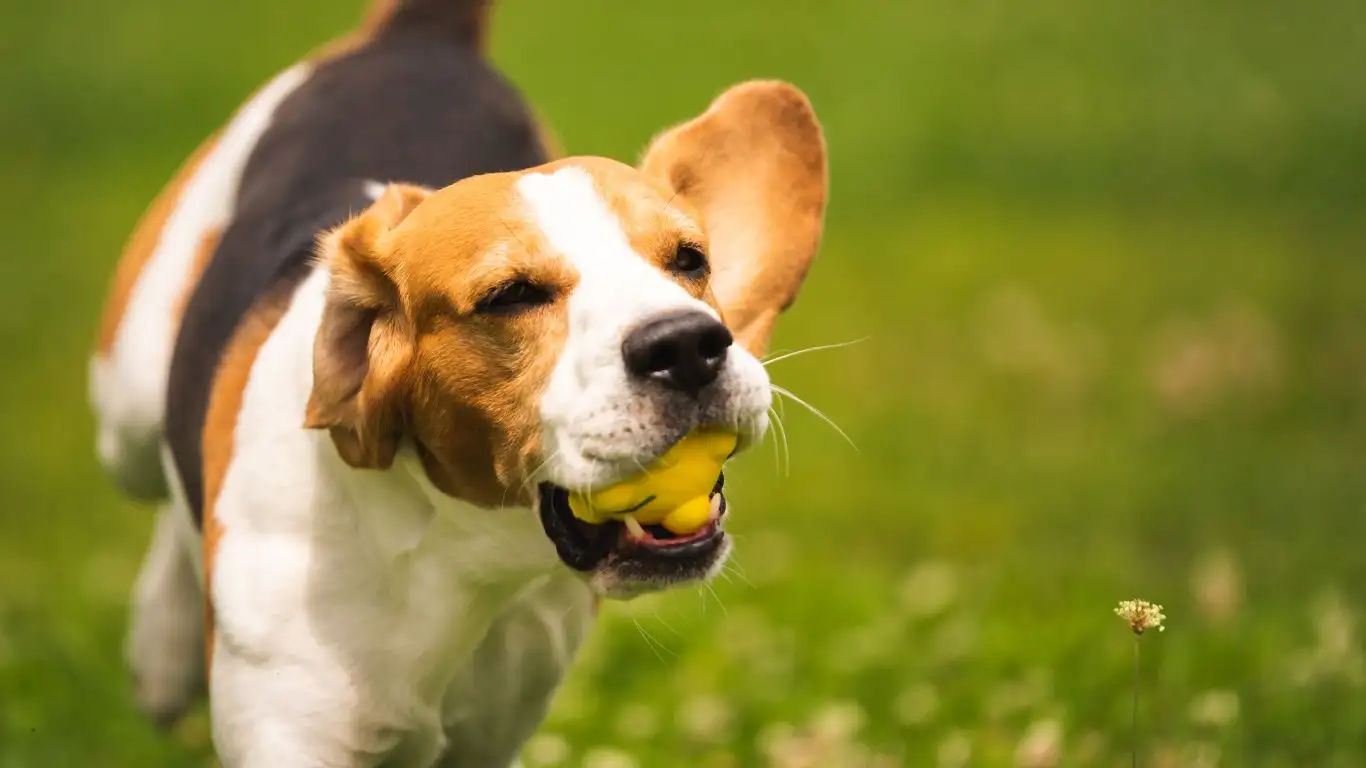
Training Your Dog to Ignore Other Dogs: A Step-by-Step Approach
Now that we’ve covered some of the common reasons why your dog may react to other dogs, let’s dive into how to train your dog to ignore other dogs on walks. It’s important to remember that training takes time and consistency, so be patient with your pup. If your dog is reacting to other dogs, you’re going to need a clear plan and some specific techniques to help them stay calm and focused.
1. Start with Basic Obedience Training
Before you tackle the specific issue of ignoring other dogs, make sure your dog has a solid foundation of basic obedience skills. This will help you have more control during walks, especially when distractions (like other dogs) are present. Key commands such as “sit,” “stay,” “look,” and “heel” are essential for redirecting your dog’s attention when they get distracted by other dogs.
2. Use Positive Reinforcement
Positive reinforcement is one of the most effective training methods when it comes to teaching your dog good behaviors. Reward your dog with treats, praise, or play whenever they show calm behavior around other dogs. For example, if your dog sees another dog and doesn’t react, reward them immediately. This helps them understand that ignoring other dogs is the behavior you’re reinforcing.
3. Gradual Desensitization and Counter-Conditioning
One of the most effective techniques for training your dog to ignore other dogs is desensitization, which involves gradually exposing your dog to other dogs at a distance they can handle without reacting. Start by walking your dog at a distance from another dog and rewarding them for staying calm. Slowly decrease the distance between them over time, continuing to reward calm behavior. This process can help your dog become less reactive when they see other dogs on walks.
4. Use a Management Tool (Like a Leash or Harness)
In some cases, using a management tool like a well-fitted harness or a head halter can be helpful in giving you more control during walks. A harness that fits properly can prevent your dog from pulling and help redirect their focus. It’s important, however, to use these tools in conjunction with training, not as a substitute. A leash can also be a great way to keep your dog physically away from other dogs while you work on training.
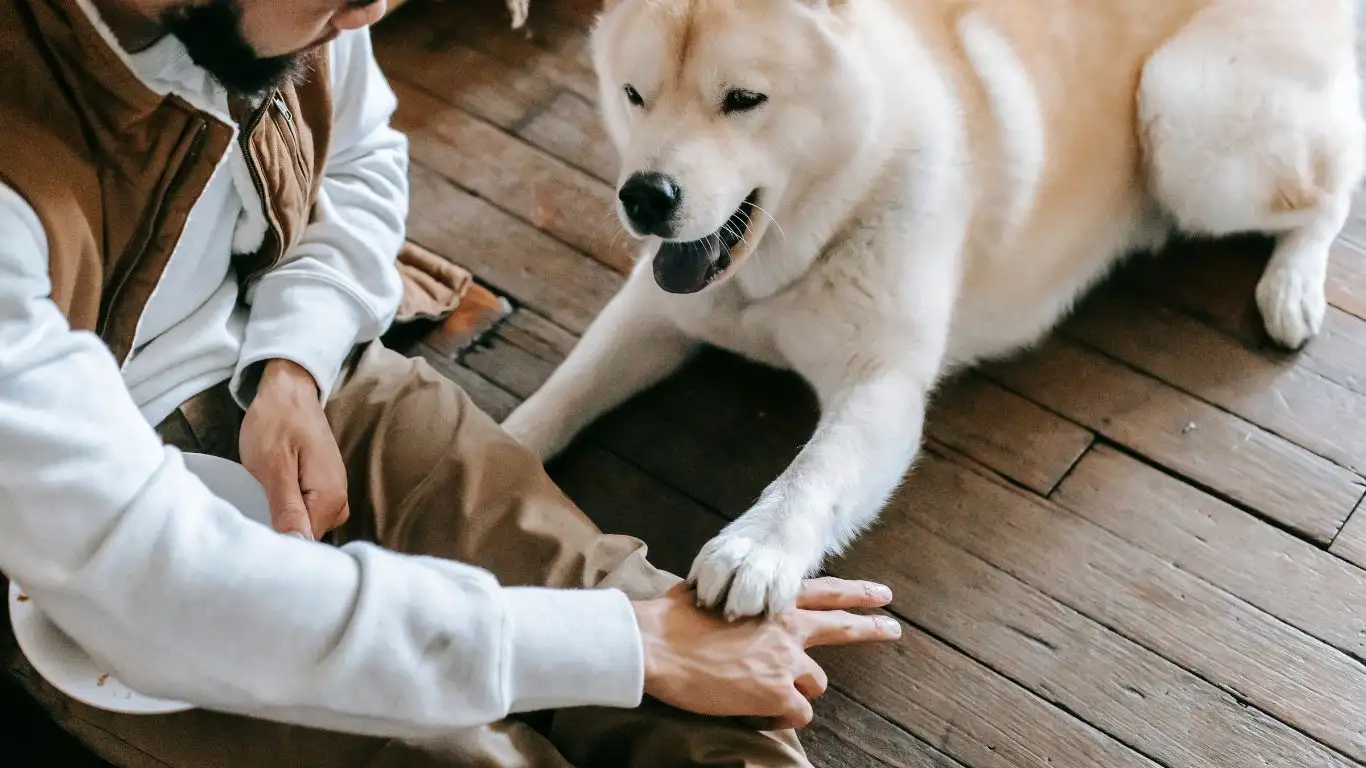
5. Manage Your Dog’s Energy Before Walks
Sometimes, dogs react to other dogs simply because they have too much pent-up energy. If your dog hasn’t had enough physical or mental stimulation before your walk, they’re more likely to get excited and lose focus. Try to give your dog a good play session or some enrichment activities before heading out for a walk. This can help them stay calmer and more focused when they encounter other dogs.
The Role of Consistency and Patience in Training
It’s essential to stay consistent with your training and be patient with your dog. Training a dog to ignore other dogs doesn’t happen overnight, and it’s normal for there to be setbacks along the way. Keep working at it every day, and don’t get discouraged. The more consistent you are with your commands, rewards, and overall approach, the more success you’ll have in teaching your dog to ignore other dogs.
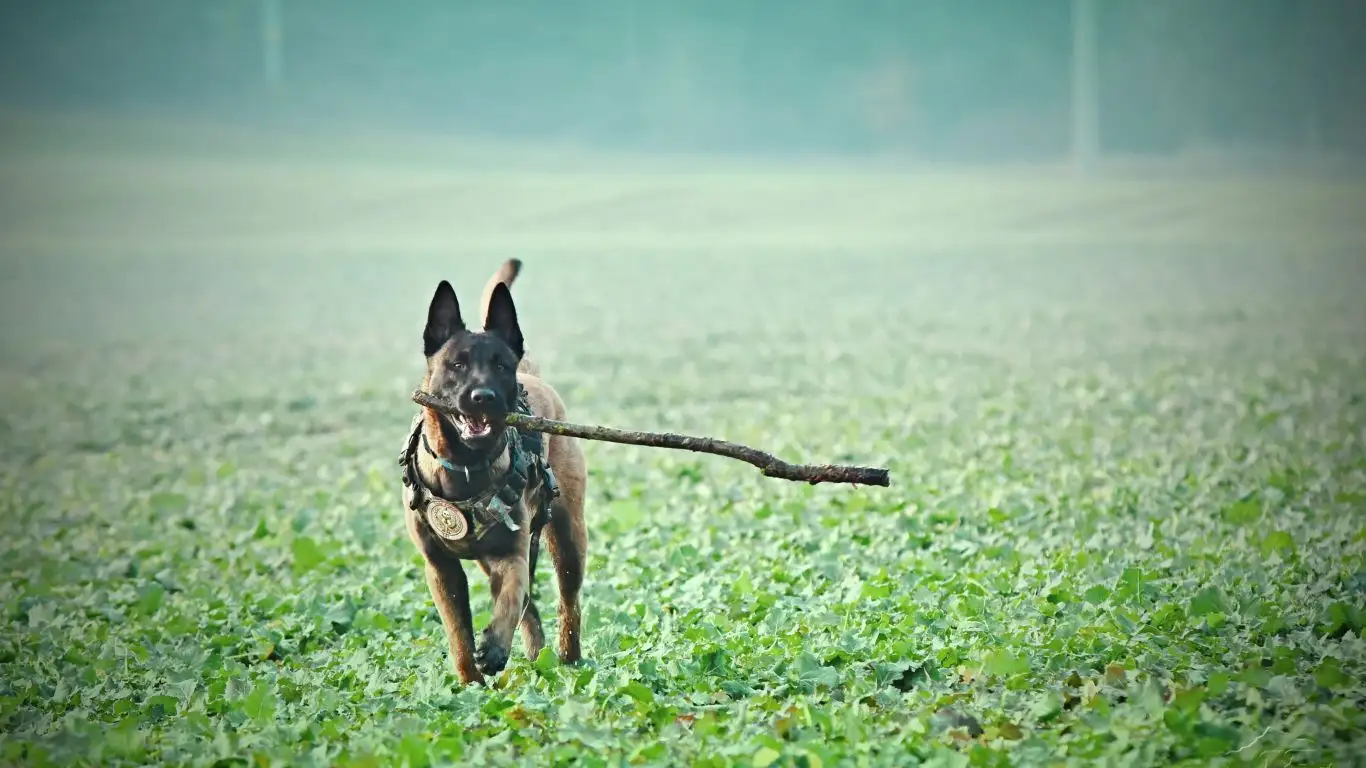
Common Mistakes to Avoid When Training Your Dog to Ignore Other Dogs
As someone who’s trained many dogs over the years, I’ve seen some common mistakes that can really set back progress when trying to teach your dog to ignore other dogs. Let’s talk about some of these so you can avoid them from the start. I know it’s tempting to rush things, but remember—this process takes time, and a few missteps could make things more difficult for both you and your dog.
1. Overreacting to Your Dog’s Behavior
One of the biggest mistakes I see people make is overreacting when their dog reacts to other dogs. It’s completely natural to feel frustrated, especially if your dog is pulling or barking like crazy. But the more you react, the more you reinforce the idea that the presence of other dogs is something to get worked up over. Instead of yelling or getting upset, stay calm, and focus on redirecting their attention. The more you stay composed, the more your dog will follow your lead.
2. Failing to Reward Calm Behavior Consistently
Another mistake people often make is failing to reward calm behavior consistently. When your dog sees another dog and stays calm, that’s when you want to jump in with a reward. But, and this is key, if you wait too long or reward them only some of the time, they might not make the connection that calm behavior equals a treat or praise. For example, if your dog looks at another dog and stays focused on you, give them a treat right then and there. Positive reinforcement works best when it’s timely and consistent!
3. Moving Too Quickly with Distance
Gradual desensitization is a powerful tool in training, but sometimes people try to move too quickly when it comes to closing the distance between their dog and other dogs. It’s tempting to think your dog should be able to handle being closer to another dog, but if they’re still learning to stay calm, you risk overwhelming them. Take it slow and always make sure you’re rewarding calm behavior every step of the way. If your dog starts getting agitated, go back to a distance where they can remain calm and work from there.
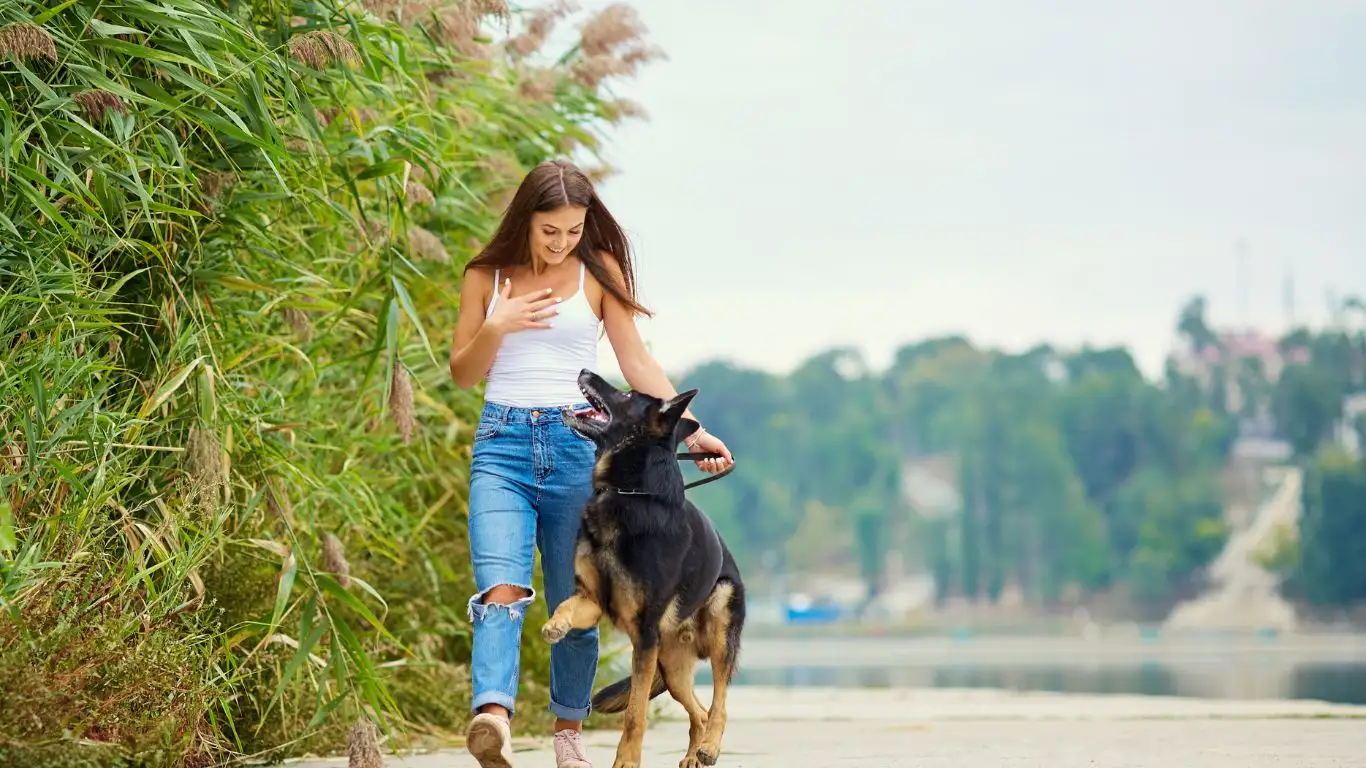
How to Handle Situations Where Your Dog Gets Too Excited or Aggressive
Even with the best training methods, you might still find yourself in situations where your dog gets too excited or aggressive when they see another dog. This can be tricky to handle, especially if you’re in a public space, but don’t worry—there are some strategies to help you regain control and redirect your dog’s behavior in a calm way.
1. Redirect Their Attention
One of the first things I recommend is redirecting your dog’s attention to something else, like a treat, a toy, or a simple command like “look” or “watch me.” This helps break their focus from the other dog and puts their attention back on you. In my experience, I’ve found that treats work wonders—especially when you’ve already conditioned your dog to expect a reward for looking at you during walks. Keep the treats high-value for maximum effectiveness.
2. Use a “No” Command and Then Move Away
If your dog starts to act aggressively or pull toward another dog, calmly say “No” or “Leave it” in a firm, but not angry, voice. Then, immediately move away from the other dog. This strategy teaches your dog that moving toward the other dog is not an option and that you control the walk. Over time, they’ll start to associate your movement away from distractions as a signal to stay calm.
3. Walk at Different Times or Locations
If you’re finding that your dog’s reactions are particularly strong at certain times or in certain places, try adjusting your walk schedule or location. For example, if you’re always walking in a dog-heavy area, try taking a different route or going out at a time when fewer dogs are around. This allows you to train in a more controlled environment and slowly build up your dog’s ability to handle distractions without too much pressure.

Understanding Your Dog’s Body Language During Walks
Being able to read your dog’s body language is a crucial skill when it comes to training them to ignore other dogs. By observing how your dog is feeling during a walk, you can gauge whether they’re getting anxious, overstimulated, or too excited, and take the necessary steps to address it before things escalate. Here are a few key body language cues to look out for:
1. Tail Position
Pay attention to where your dog’s tail is positioned. If it’s wagging rapidly or stiffly, this can indicate excitement or agitation. A tail held high and stiff could signal that your dog is feeling territorial or even aggressive. On the other hand, a relaxed tail usually means your dog is calm and at ease. If you notice your dog’s tail becoming tense or stiff, it’s a good time to redirect their attention to you before they escalate further.
2. Ear Position
Your dog’s ears can tell you a lot about their emotional state. If their ears are pinned back against their head, they may be feeling fearful or stressed. If their ears are perked up and pointed forward, they’re likely focused on something in the environment, which could be another dog. You want to watch for these cues so that you can act quickly before your dog goes into full-blown reactive mode.
3. Body Stiffness
A stiff, tense body is often a sign that your dog is about to react—whether with aggression, excitement, or fear. If your dog starts to tense up, try to redirect them or give them a “sit” command to break the tension and calm them down. If you catch these signs early, it’s easier to prevent the situation from escalating.
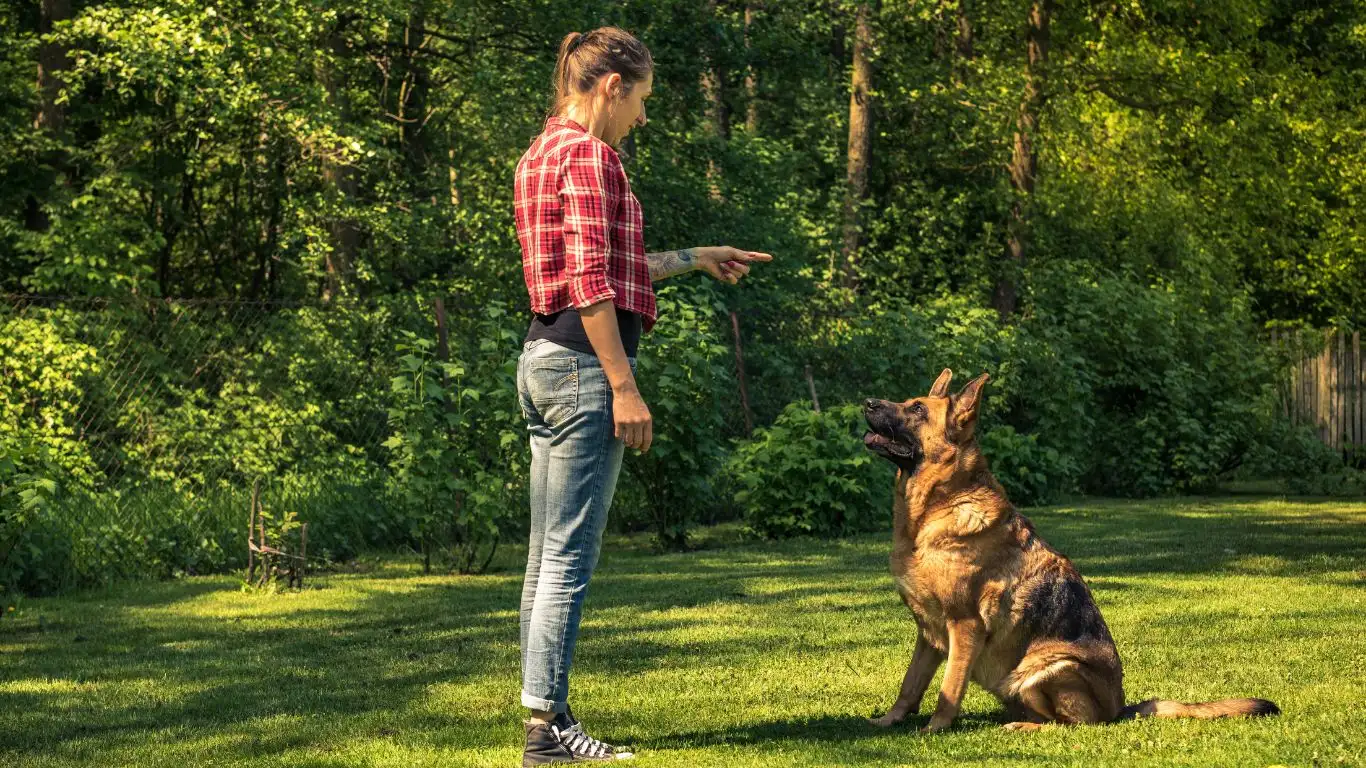
Overcoming Setbacks and Staying Motivated in Your Dog’s Training Journey
Training your dog to ignore other dogs on walks isn’t a straight path. You’ll encounter challenges along the way, but that’s part of the journey. As a dog trainer, I can tell you that setbacks are normal and to be expected. The important thing is how you handle them. If your dog reacts to another dog after several successful walks, don’t see it as a failure—it’s just part of the process. In fact, the most successful training programs I’ve worked on have been full of moments where we learned from mistakes and kept moving forward.
1. Be Realistic About the Time It Takes
It’s easy to get frustrated when things don’t go as quickly as you expect, but remember that training takes time. Dogs need consistency and repetition to learn new behaviors, especially when it involves ignoring distractions. Just like us, dogs need time to build new habits. Set realistic goals for your dog and remember that progress will happen in small steps. One day, your dog will ignore a dog across the street, and the next, they may pull a little. But over time, the trend will be positive change.
2. Stay Positive and Keep Reinforcing Successes
One of the most important things I’ve learned from working with dogs (and their owners) is the power of staying positive. Celebrate every little victory! Even if your dog only stays calm for a few seconds when they see another dog, that’s progress! If you only focus on what’s not working, you’ll miss the small but important steps toward success. Keep your training sessions upbeat, and remember, your dog is trying to learn. They’re not acting out to frustrate you—they’re simply learning the ropes. Patience and positivity will get you far.
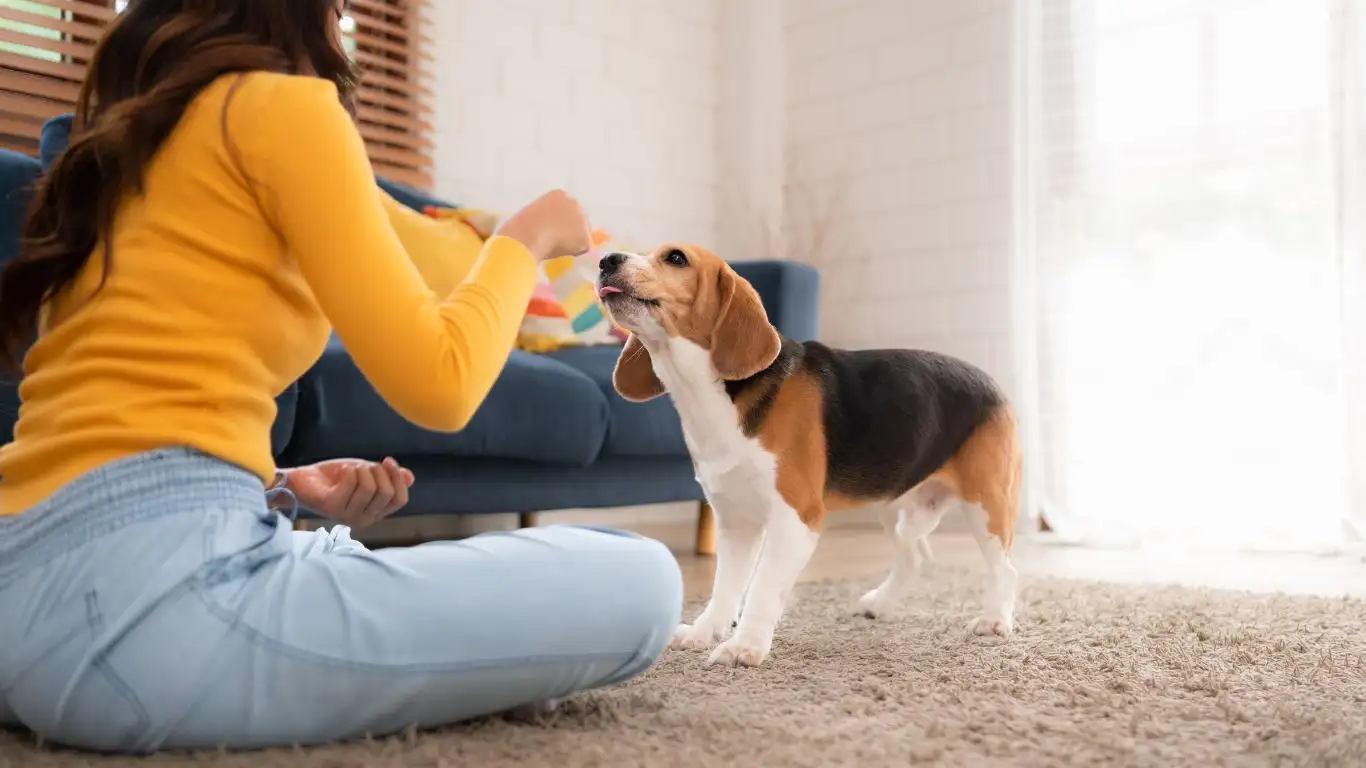
Understanding the Importance of Consistent Daily Practice
Consistency is key when it comes to dog training, especially when you’re teaching your dog to ignore other dogs. It’s not about a one-time training session—it’s about incorporating training into your daily routine. Let’s face it: life is busy, and finding time to practice every single day can feel like a lot. But even short practice sessions can make a world of difference in your dog’s ability to stay calm during walks.
1. Incorporate Training During Everyday Walks
Don’t wait for the “perfect” time to train. Use your daily walks as an opportunity to practice. Even if your walk is just a quick trip around the block, take that time to reinforce your dog’s training. If you pass another dog, take a moment to ask your dog to sit or look at you, rewarding calm behavior. You’d be surprised how much training you can pack into a 20-minute walk when you’re intentional about it.
2. Mix Up the Routine
Dogs are smart, and if you do the same training routine every day, they can become bored or anticipate the next move. Try to mix things up! Change your route or switch up the order of your commands. A bit of variety can keep your dog engaged and make training more enjoyable for both of you. I’ve found that a little creativity goes a long way in keeping dogs motivated, and it helps them generalize what they’ve learned to new situations.
3. Short and Sweet Training Sessions
One thing I always remind dog owners is that less can be more when it comes to training. Dogs, especially younger ones, can have short attention spans. So, instead of dragging out a training session for too long, focus on keeping it short and successful. A 5-10 minute session of focused training, multiple times a day, will likely do more for your dog’s progress than one long session. Don’t overwhelm them; give them a chance to succeed and keep them motivated!
Dealing with Situations When Other Dog Owners Don’t Help
Let’s face it: not all dog owners are as thoughtful as they should be when it comes to managing their dogs during walks. You might encounter someone with an off-leash dog, or a dog that’s not properly trained, and that can derail your training efforts. But here’s the thing: you can’t control other people, but you *can* control how you handle these situations. Let’s dive into some strategies for dealing with these challenging encounters.
1. Politely Ask for Space
If you’re in a situation where another dog is too close, it’s totally okay to ask the other owner to give you some space. A simple “Excuse me, we’re working on training” can go a long way in helping the other dog owner understand the situation. Most responsible dog owners will be respectful of your request. And if they’re not, it’s still okay to take matters into your own hands—cross the street or change direction to avoid a potentially stressful interaction.
2. Stay Calm and Lead by Example
Remember that your dog is looking to you for cues on how to behave. If another dog is getting too close, don’t panic. Stay calm and confident, and this will help your dog remain calm as well. Use the opportunity to practice some of the techniques you’ve learned, like redirecting your dog’s attention with a “sit” or “watch me” command. The more you stay composed, the more your dog will trust that you’ve got things under control.
3. Use a Barrier if Necessary
If another dog is charging toward you and you’re unable to avoid the situation, using a barrier like your body or even an umbrella can be an effective tool. While this may sound a bit extreme, it’s an option to prevent your dog from getting overwhelmed or feeling threatened. Some trainers also recommend carrying a walking stick or umbrella as a management tool, not as a weapon but as a way to create a safe distance between your dog and another dog.

References and Disclaimer
Training your dog to ignore other dogs during walks is a process that takes time, patience, and dedication. While the techniques I’ve shared have worked well in my experience as a Certified Professional Dog Trainer (CPDT-KA), every dog is unique, and different strategies may work better for you and your pup. Always observe your dog’s reactions, and if you’re unsure, don’t hesitate to seek professional help from a certified trainer.
For more helpful tips on dog training, visit PawPatron or consult your local certified dog trainer. Please note that the information shared here is based on personal experience and professional knowledge, but individual results may vary. Always ensure that the training techniques you use are appropriate for your dog’s temperament and needs.
